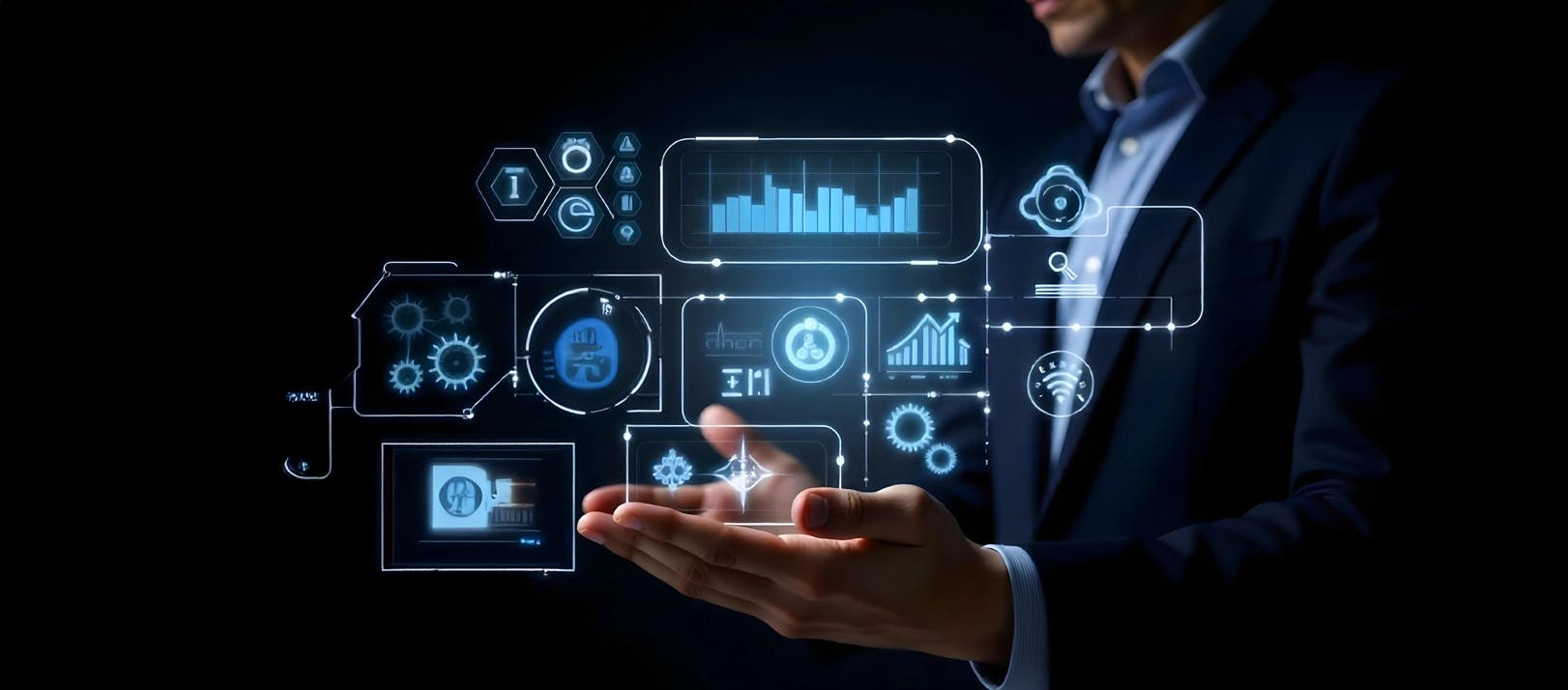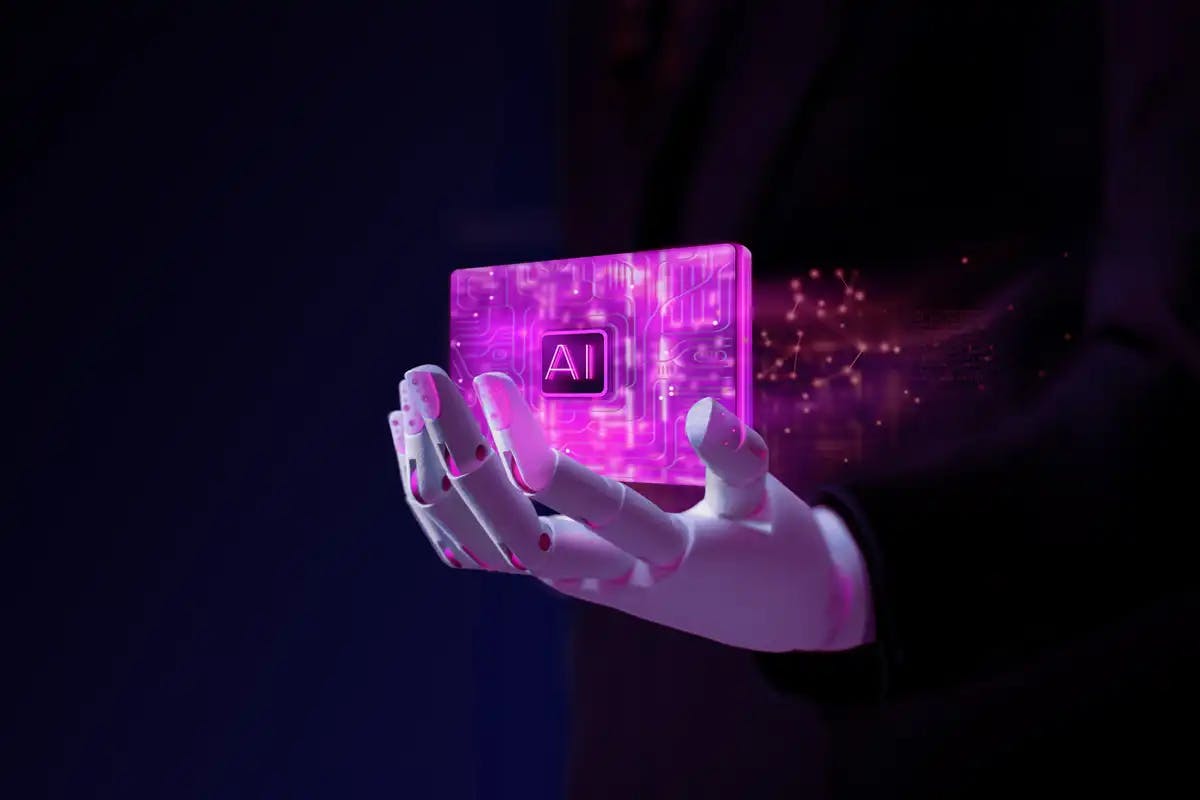


AI can be trained to summarize a document or respond to a query, but what if it also needs to safely access your calendar, run a live database query, or initiate business workflow actions?
Usually, that's where things go wrong. Today's AI systems are smart, but they lack access to the tools and data they need to be helpful. They function similarly to bright interns without logins.
This disconnect between intelligence and action has prevented AI from reaching its full potential. Also, the problem is not merely technical; it is one of safety, control, and trust.
Model Context Protocol (MCP) is a new open standard that aims to securely, transparently, and fully control permissions to link AI agents to real-world tools and data. We'll discuss how MCP works, its definition, its significance as a breakthrough, and how it might change the way AI systems interact with the outside world in this post.
Consider MCP to be an all-purpose adapter for AI applications. Similar to how USB-C enables communication and connection between various devices, the MCP protocol offers a standardized method for AI models to securely access external resources such as file systems, databases, APIs, and internet services.
Anthropic developed MCP, which is an open-source project that serves as a safe conduit between AI applications and the outside world. AI systems can use the same MCP standard to connect to various services without requiring unique code.
Previous to MCP, integrating AI with external data was similar to using a different key for each door in your home. The following are the primary issues it resolves:
When developers wished to link an AI system to a new service, they had to do the following:
Giving AI direct access to external systems raised serious concerns:
The complexity of AI applications made it difficult and prone to mistakes to manage dozens of different integrations.
MCP uses a client-server architecture to build a safe connection between external resources and AI models.

1. MCP Client: Usually, AI applications or model interfaces incorporate the client. On behalf of the AI model, it manages communication and establishes connections to MCP servers.
2. MCP Server: The MCP protocol is used by servers to make particular tools, resources, or data sources accessible. Every server can grant access to various external systems, including file systems, databases, APIs, and custom tools.
3. MCP Protocol: Data exchange formats, authorization, and authentication are all outlined in this standardized communication protocol that governs client-server interactions.
Here's how a typical MCP interaction works:
Any service with an MCP server may be accessible to an AI application once it supports MCP. This is just like learning to drive once and being able to operate any type of vehicle.
MCP includes security features by design:
Without having to deal with integration code, developers can concentrate on creating amazing AI features. You can use an existing MCP server if it has been constructed for a service you require.
AI applications become more reliable and predictable as a result of the standardization of error handling and connection management by the MCP protocol.
MCP allows AI applications to safely access internal APIs, CRM platforms, and enterprise databases without giving the AI model direct access to private information.
Example: Through MCP servers, a customer service AI can access knowledge bases, update ticket systems, and query customer databases while adhering to stringent access constraints.
Through MCP, AI coding assistants can communicate with deployment platforms, monitoring tools, and version control systems.
Example: Using standardized MCP interfaces, an AI assistant can read code repositories, verify deployment status, and examine error logs.
AI programs can access and modify content in a variety of formats and platforms.
Example: A content generation AI can produce thorough, current content by extracting information from document repositories, social media APIs, and CMSs.
Transaction systems, regulatory databases, and market data can all be safely accessed by AI models.
Example: Through MCP-secured connections, a trading AI can execute trades, obtain real-time market data, and produce compliance reports.
Try a Live Demo of MCP in Action
Watch how an AI agent uses MCP to access real systems safely, securely, and transparently.
While MCP is relatively new, it's gaining traction across different sectors:
MCP uses JSON-RPC 2.0 as its base communication protocol, with additional specifications for:
MCP supports multiple transport mechanisms:
MCP implements a multi-layered security approach:
If you're not technical but want to understand MCP's impact:
# Install MCP SDK
npm install @modelcontextprotocol/sdk
# or
pip install mcp-sdk
Start with simple examples from the MCP documentation and gradually add complexity as you understand the protocol better.
The way we view AI integration has changed significantly as a result of MCP. MCP is standardizing the access of AI systems to external resources, much like the web standardized the sharing of information among computers.
We're likely to see:
The Model Context Protocol is a major advancement in the creation of AI applications. Many of the integration issues that developers have faced are resolved by MCP, which offers a standardized, safe method for AI models to communicate with outside resources.
Whether you're creating AI-powered apps, enterprise AI solutions, or just want to provide your AI models with external data, MCP provides a solid, future-proof solution that puts security, standardization, and developer experience first.
The development of complex, safe, and maintainable AI applications will depend more and more on protocols like MCP as the field develops. Now is the perfect time to begin researching and putting MCP into practice before it becomes the norm and you are expected to support it.
The development of more intelligent models and their secure integration with our society's vast data and tool network are AI's future. Codiste is leading this secure business connection effort to prepare for that future. Contact our team to learn how to use MCPs.




Every great partnership begins with a conversation. Whether you’re exploring possibilities or ready to scale, our team of specialists will help you navigate the journey.